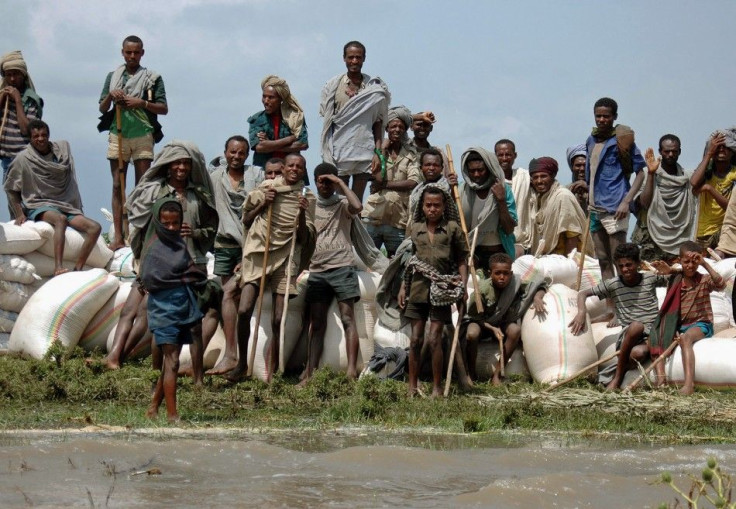Ethiopia Forcibly Uprooting Thousands of Farmers: Rights Group

Ethiopia's government has been seizing land from indigenous farmers and giving it to commercial developers, Human Rights Watch (HRW) reported on Tuesday.
The program has seen tens of thousands of Ethiopians forcibly removed from their land, at least 8.8 million acres of which has been awarded to foreign and state-owned firms. Additionally, HRW claims that the government has used military troops to physically, and sometimes violently, remove people from their homes and send them to new villages that lack basic resources such as food and water.
“The government is killing our people through starvation and hunger, and elder from a village in the Abobo area of Gambella region told the organization.
It is better to attack us in one place than just waiting here together to die. If you attack us, some of us could run, and some could survive. But this, we are dying here with our children. Government workers get this salary, but we are just waiting here for death.”
HRW based its findings on interviews with 100 people, including residents of Gambella and Ethiopian refugees in Kenya. The government has denounced the report and claims that all resettlements are voluntary.
I can tell you that it is baseless - on both grounds - on both the land grab issue and resettlement of the people, Ethiopian Information Minister Bereket Simon told the BBC.
No-one is forced [to leave their homes]. This is an absolute lie. The people around Gambella are inhabiting the place in a very scattered manner, he added.
It is true that we are providing access to land on a lease basis for 25 years for local and foreign developers. We have about three million hectares of land which is not inhabited by anybody.
Ethiopia’s minister of federal affairs, Shiferaw Teklemariam, also slammed the report, calling it a “politically motivated” fabrication, according to The Associated Press. Teklemariam was quick to point out that 50,000 people are enjoying newly constructed villages and unprecedented agricultural production.
'Villagization'
Resettemenr has been going on in Ethiopia for more than a century, but the villagization program has been sending farmers around Ethiopia on-and-off for the past 25 years. The point of the initiative is to consolidate scattered farmers and agricultural communities into clusters in order to better take advantage of farmland.
There are benefits to this system. In theory, people will be sent from less productive regions to more fertile areas, and by gathering people together the government will be able to supply resources, water, security and health and education facilities to a number of people at once.
However, removing people from their homes and their traditional homelands, especially by force, has serious human rights implications.
Additionally, the Ethiopian government is allegedly sending people to new villages lacking in food, other resources and sometimes even any reasonable farmland.
“The Ethiopian government’s villagization program is not improving access to services for Gambella’s indigenous people, but is instead undermining their livelihoods and food security,” stated Jan Egeland, Europe director at Human Rights Watch, adding that the organization isn't totally against villagization but wants it suspended until the necessary infrastructure is in place.
Another 45,000 households are scheduled to be relocated from Gambella by the end of 2012.
© Copyright IBTimes 2024. All rights reserved.





















